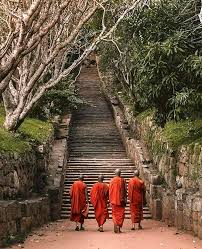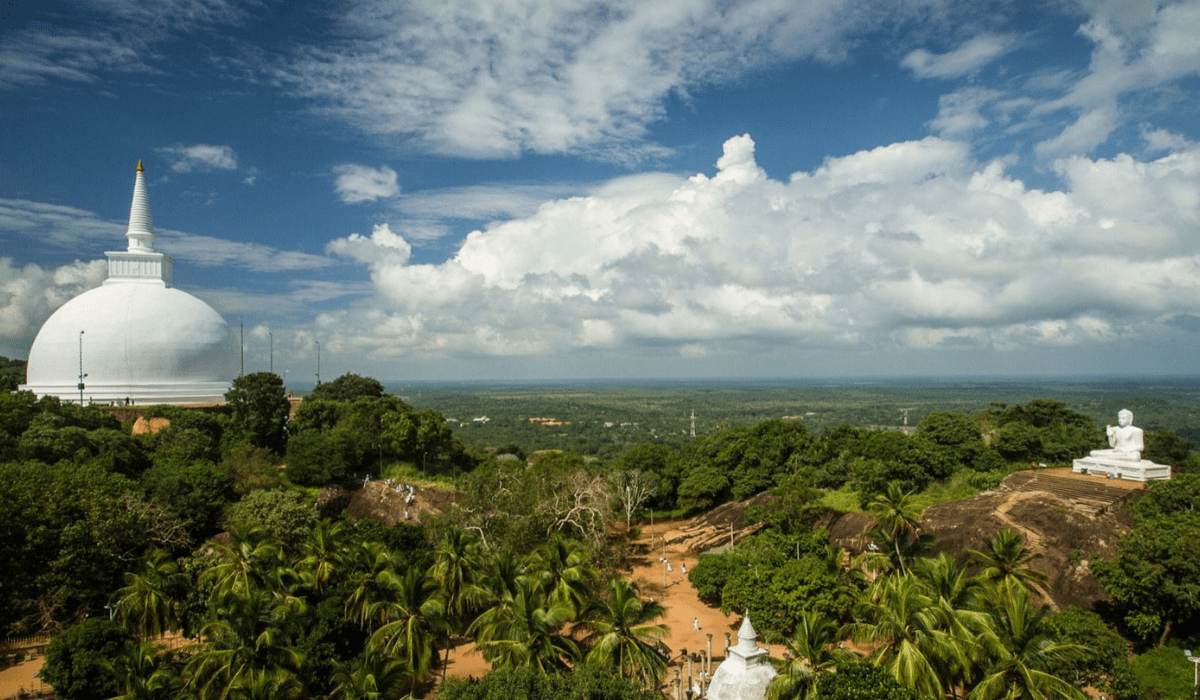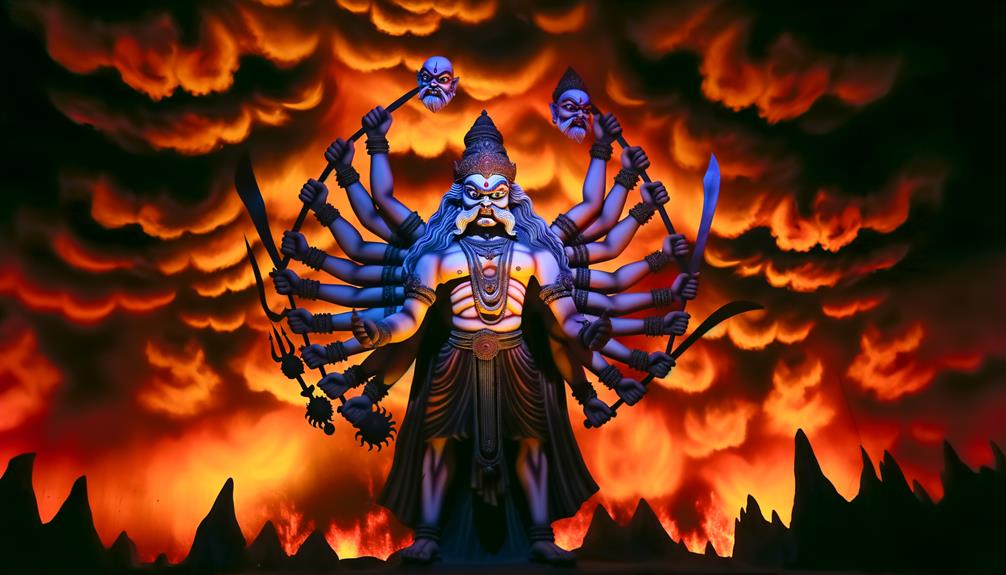Introduction
Table of Contents
Nestled in the heart of Sri Lanka, Mihintale stands as a symbol of the island’s rich Buddhist heritage and historical significance. Known as the birthplace of Buddhism in Sri Lanka, Mihintale is a must-visit destination for tourists and spiritual seekers alike. This sacred city, with its ancient temples, stupas, and breathtaking landscapes, offers a unique glimpse into the island’s cultural and religious history. In this article, we will delve into the history of Mihintale, its significance during the kings’ era, its cultural importance, traditional practices, and why it remains an essential destination for those exploring Sri Lanka.
The Historical Significance of Mihintale
The Dawn of Buddhism in Sri Lanka
Mihintale’s historical significance dates back to the 3rd century BCE when it became the cradle of Buddhism in Sri Lanka. According to ancient chronicles, it was here that Mahinda Thera, the son of Emperor Ashoka of India, met King Devanampiya Tissa of Sri Lanka. This historic encounter led to the introduction of Buddhism to the island, marking a transformative period in Sri Lankan history.
The Encounter Between Mahinda Thera and King Devanampiya Tissa

The pivotal moment occurred on the full moon day of Poson (June), which is celebrated annually as Poson Poya. Mahinda Thera, along with his companions, met the king at Mihintale. The ensuing dialogue between the monk and the king, often depicted in historical texts, convinced King Devanampiya Tissa to embrace Buddhism. This event is considered one of the most significant in Sri Lankan history, as it laid the foundation for the widespread adoption of Buddhism on the island.
Mihintale During the Kings’ Era
The Reign of King Devanampiya Tissa
Under the patronage of King Devanampiya Tissa, Mihintale flourished as a center of Buddhist learning and practice. The king, inspired by his newfound faith, initiated the construction of numerous religious monuments, including stupas, monasteries, and shrines. These structures not only served as places of worship but also as centers for the dissemination of Buddhist teachings.

Architectural Marvels
- Mihintale Maha Seya: One of the most prominent stupas in Mihintale, Mihintale Maha Seya, was constructed by King Mahadatika Mahanaga in the 1st century BCE. This stupa enshrines relics of the Buddha and stands as a testament to the architectural ingenuity of ancient Sri Lanka.
- 2. Kantaka Chetiya: Another significant stupa, Kantaka Chetiya, dates back to the 2nd century BCE. It is renowned for its intricate carvings and structural elegance, showcasing the advanced craftsmanship of the period.
- 3. Ambasthala Dagoba: The Ambasthala Dagoba marks the exact spot where Mahinda Thera first met King Devanampiya Tissa. This small yet significant stupa is a focal point for pilgrims and tourists visiting Mihintale.
- 4. Naga Pokuna: This ancient bathing pond, known as the Snake Pond, is believed to have been used by monks for ritual bathing. The pond is named after the serpent (Naga) carvings that adorn its sides, adding to its mystical allure.
Cultural Significance of Mihintale
The Heart of Buddhist Practice
Mihintale is more than just an archaeological site; it is the spiritual heart of Buddhism in Sri Lanka. The teachings and practices introduced by Mahinda Thera at Mihintale influenced the cultural and religious landscape of the entire island. The site became a hub for monastic life, attracting monks and laypersons dedicated to studying and practicing Buddhism.
Poson Poya: A National Celebration
The annual Poson Poya festival commemorates the introduction of Buddhism to Sri Lanka and attracts thousands of pilgrims to Mihintale. The festival is marked by religious ceremonies, processions, and acts of charity, reflecting the deep-rooted reverence for this sacred site. During Poson, Mihintale becomes a vibrant center of devotion, with pilgrims engaging in meditation, chanting, and almsgiving.
Traditional Practices and Activities
Pilgrimage and Meditation
Mihintale remains a popular pilgrimage site, drawing devotees from across the country and beyond. Pilgrims often climb the 1,840 steps leading to the summit, a journey that symbolizes their spiritual ascent. The serene environment of Mihintale, with its lush greenery and tranquil atmosphere, provides an ideal setting for meditation and introspection.
Rituals and Offerings
Visitors to Mihintale participate in various rituals and offerings, including lighting oil lamps, offering flowers, and chanting prayers. These practices are expressions of devotion and gratitude, connecting pilgrims to the ancient traditions of Buddhism.
Mihintale: A Must-Visit Tourist Destination
Historical and Archaeological Exploration
For history enthusiasts and archaeology buffs, Mihintale offers a treasure trove of ancient monuments and relics. Exploring the ruins of monasteries, stupas, and inscriptions provides a fascinating glimpse into the island’s rich past.
Scenic Beauty and Natural Landscapes
Mihintale is also renowned for its scenic beauty. The panoramic views from the summit, overlooking the lush plains and distant hills, are breathtaking. Nature lovers can enjoy the diverse flora and fauna that thrive in this serene environment.
Cultural Immersion
A visit to Mihintale provides an opportunity for cultural immersion. Tourists can witness traditional rituals, participate in meditation sessions, and engage with the local community, gaining a deeper understanding of Sri Lankan culture and Buddhist practices.

Conclusion
Mihintale stands as a testament to the enduring legacy of Buddhism in Sri Lanka. Its historical significance, cultural richness, and spiritual ambiance make it a unique destination for tourists and pilgrims alike. As the cradle of Buddhism in Sri Lanka, Mihintale continues to inspire and captivate those who seek to explore the island’s profound heritage.
For anyone planning to visit Sri Lanka, a trip to Mihintale promises a journey of historical discovery, spiritual enlightenment, and cultural immersion. The ancient city, with its timeless monuments and serene landscapes, offers a glimpse into the heart of Sri Lanka’s Buddhist heritage.
This article on Mihintale highlights its historical, cultural, and spiritual significance, aiming to attract tourists and spiritual seekers to this remarkable site. By emphasizing the key aspects of Mihintale, the article seeks to educate and inspire readers to explore this iconic destination in Sri Lanka.




